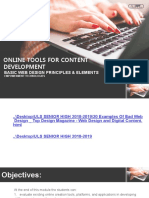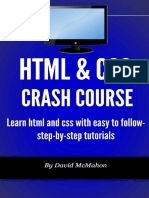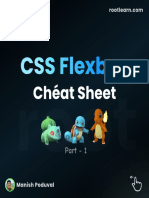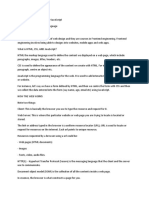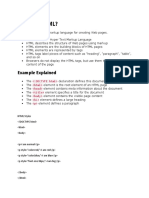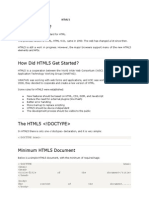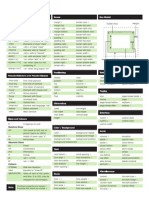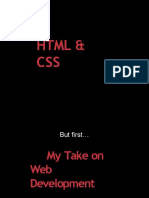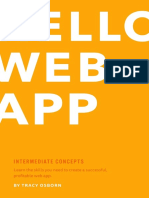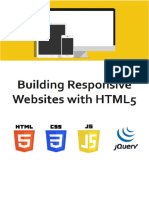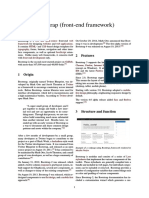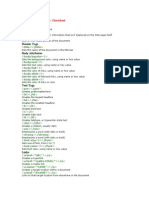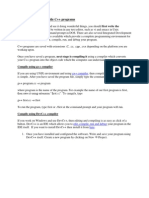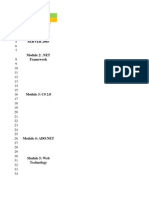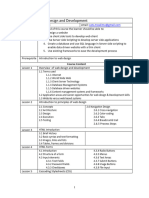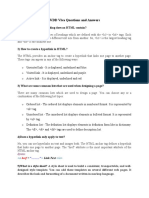0% found this document useful (0 votes)
221 views98 pagesHTML and Css For Newbies STANDARD
In the ever-evolving landscape of technology, the ability to understand and utilize programming languages has become increasingly valuable. Among these languages, HTML and CSS serve as the fundamental building blocks of the web. Whether you're a budding developer, a curious beginner, or simply someone looking to expand their digital skill set, this book is designed to provide you with a solid foundation in HTML and CSS.
Uploaded by
Tatenda MajiraCopyright
© © All Rights Reserved
We take content rights seriously. If you suspect this is your content, claim it here.
Available Formats
Download as PDF, TXT or read online on Scribd
0% found this document useful (0 votes)
221 views98 pagesHTML and Css For Newbies STANDARD
In the ever-evolving landscape of technology, the ability to understand and utilize programming languages has become increasingly valuable. Among these languages, HTML and CSS serve as the fundamental building blocks of the web. Whether you're a budding developer, a curious beginner, or simply someone looking to expand their digital skill set, this book is designed to provide you with a solid foundation in HTML and CSS.
Uploaded by
Tatenda MajiraCopyright
© © All Rights Reserved
We take content rights seriously. If you suspect this is your content, claim it here.
Available Formats
Download as PDF, TXT or read online on Scribd
/ 98
